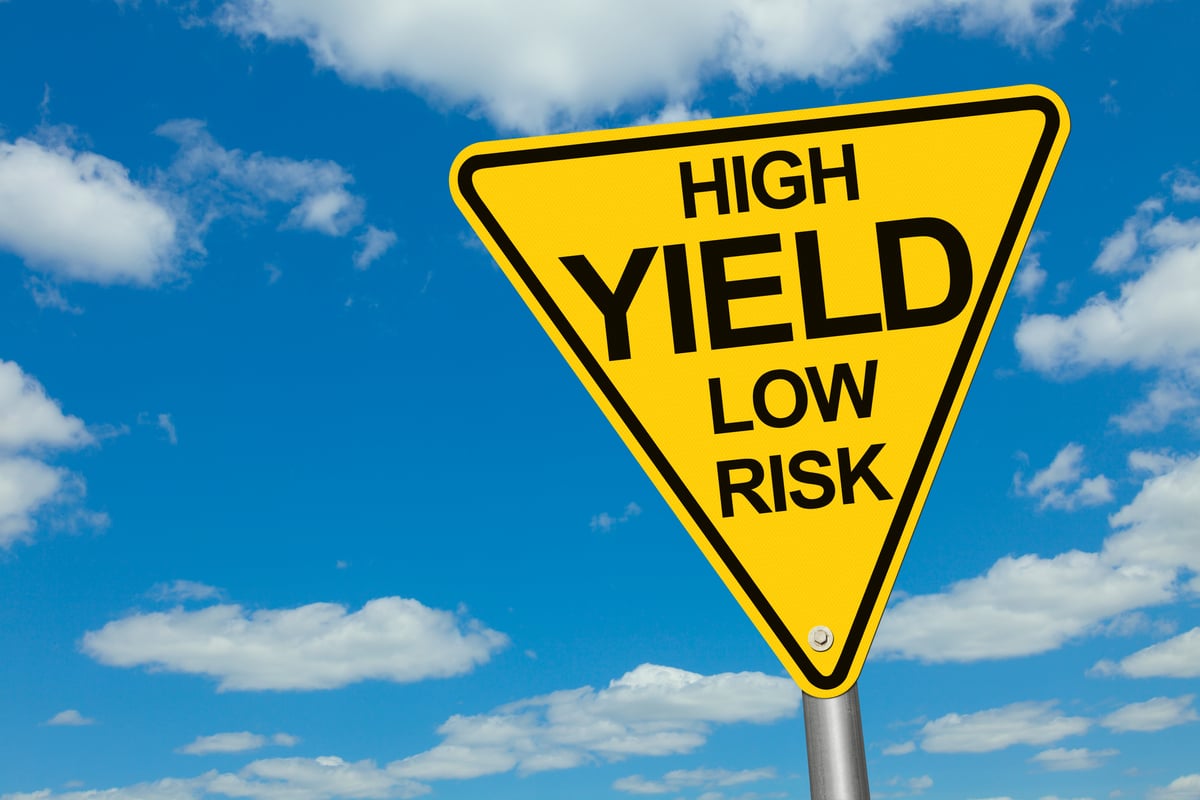Small is big when it comes to the biopharmaceutical industry. Orphan drugs target rare diseases and disorders that typically affect fewer than 200,000 people in the U.S. But while relatively few patients benefit from orphan drugs, the market size is very large because of the high price tags of the drugs.
Five orphan drugs stood above all others in U.S. sales in 2017. Each of these drugs generated revenue of at least $2.3 billion last year -- but none of them treated more than 71,000 patients.

Image source: Getty Images.
1. Revlimid
Celgene (CELG +0.00%) claims the best-selling orphan drug of 2017 with Revlimid. The blood cancer drug raked in over $5.5 billion in U.S. sales last year and generated another $2.8 billion outside of the U.S. While U.S. sales grew nearly 23% year over year, most of the increase stemmed from price increases. Celgene has been criticized by the U.S. Food and Drug Administration (FDA) for the steep price hikes for Revlimid.
Revlimid currently is approved by the FDA to treat relapsed or refractory mantle cell lymphoma (MCL), newly diagnosed multiple myeloma, myelodysplastic syndromes (MDS), and as a maintenance treatment for multiple myeloma patients following autologous hematopoietic stem cell transplant. Fewer than 29,500 U.S. patients took Revlimid in 2017, resulting in average revenue per U.S. patient of more than $184,000. Celgene is also evaluating the drug in late-stage studies as a potential treatment for several types of lymphoma.
2. Rituxan
Roche (RHHBY +0.24%) made nearly $4.2 billion in 2017 from U.S. sales of Rituxan. The drug also brought in sales in the ballpark of $1.8 billion outside of the U.S. last year. While U.S. sales continue to grow, Roche faces competition from biosimilars in Europe.
Rituxan is unique in that it's approved for cancer and autoimmune disease indications including non-Hodgkin's lymphoma, chronic lymphocytic leukemia (CLL), and rheumatoid arthritis. Around 64,600 U.S. patients used the drug for these indications last year, translating to U.S. revenue of a little over $65,000 per patient. Roche also hopes to win FDA approval for the drug in 2018 for treating pemphigus vulgaris (PV), a rare condition where a patient's skin and mucous membranes produce blisters.
3. Copaxone
Teva Pharmaceutical Industries (TEVA 1.72%) made more than $3.1 billion in the U.S. last year with Copaxone. In addition, the drug generated sales outside the U.S. of around $700 million. Sales for Copaxone, however, are declining in the face of generic competition.
Copaxone is approved by the FDA for treating relapsing multiple sclerosis (MS). Roughly 50,000 U.S. patients with MS used the drug in 2017, with average revenue per patient totaling just over $60,900. Although Teva doesn't have any clinical studies underway for Copaxone, the drugmaker is evaluating several other candidates targeting orphan diseases.
4. Opdivo
Bristol-Myers Squibb's (BMY 2.38%) Opdivo ranked as the No. 4 best-selling orphan drug in the U.S. in 2017, with sales of $3.1 billion. The big pharma company made nearly $1.9 billion from sales of the drug in the rest of the world. Sales for Opdivo continue to grow strongly in the U.S., but the most impressive growth has stemmed from international markets.
Opdivo has won FDA approval for several types of cancer, including non-small cell lung cancer (NSCLC), melanoma, liver cancer, bladder cancer, and colorectal cancer. Nearly 70,750 U.S. patients with these and a handful of other indications took the drug last year, resulting in average revenue per patient of close to $43,850. Opdivo likely will continue to enjoy momentum but it faces a stiff challenge from the next orphan drug on our list.
5. Keytruda
Like Opdivo, Merck's (MRK 1.93%) Keytruda is a blockbuster cancer immunotherapy, which generated U.S. sales of more than $2.3 billion in 2017. Merck raked in another $1.5 billion from Keytruda in markets outside of the U.S. Keytruda is picking up even more momentum in 2018, with total worldwide Q1 sales of nearly $1.5 billion -- up 151% year over year.
Keytruda is approved by the FDA for several of the same indications that Opdivo targets, including NSCLC, melanoma, and bladder cancer, plus a few other types of cancer. Close to 40,600 patients used the drug in 2017, giving Merck an average revenue per patient for Keytruda of a little over $56,900. Expect the number of patients to grow significantly this year.
Changing fortunes
EvaluatePharma thinks these rankings could look quite different by 2024. Keytruda is projected to take the top spot in worldwide orphan drug sales, followed by Revlimid in second place. Rituxan and Copaxone are expected to drop out of the list altogether in the wake of generic competition, with Opdivo moving into the No. 3 position.
A couple of rising stars could fill out the top five within the next few years. Cancer drug Imbruvica, which is co-marketed by AbbVie and Johnson & Johnson, and J&J's multiple myeloma drug Darzalex are expected to move into the list of the top five orphan drugs.
Investors should be able to keep profiting from several of the stocks of companies focusing on the orphan drug market. EvaluatePharma projects that orphan drug sales will increase by 11% annually on average through 2024 -- nearly twice as much as overall pharma market growth.









